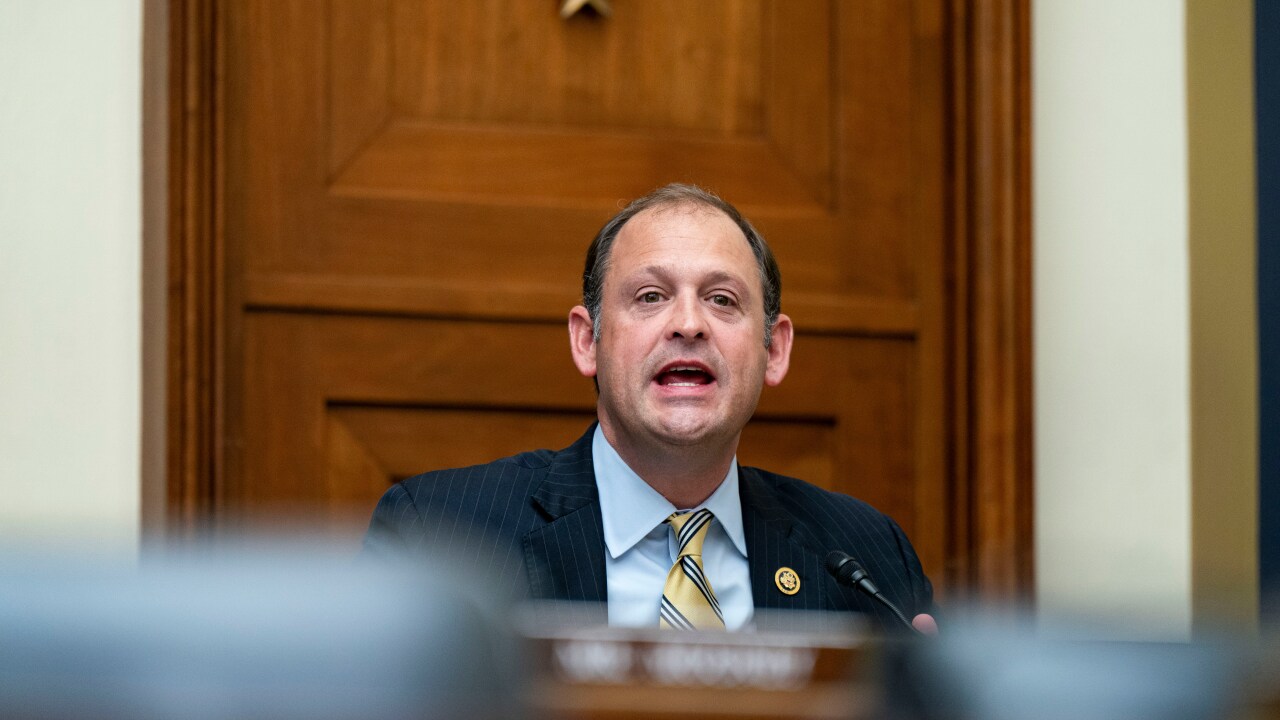SACRAMENTO - The U.S. Ninth Circuit Bankruptcy Appellate Panel late last week heard Vallejo, Calif., employees' appeal of the city's bankruptcy eligibility.
District Bankruptcy Judge Michael McManus in September found that the city had met the definition of insolvency under Chapter 9 of the U.S. bankruptcy code. He accepted the city's claim that it would have been unable to meet its payroll near the beginning of the current fiscal year and would face a $17 million deficit in its $95 million general fund in the current fiscal year.
Vallejo's two employee unions appealed the ruling, arguing that the city had not met the law's definition of insolvency, had not negotiated to resolve the crisis outside of bankruptcy, had not filed the case in "good faith" and had no intention of negotiating a plan to adjust its debts with creditors other than workers.
The three judge appellate panel in Pasadena, Calif., on Thursday heard arguments and grilled lawyers from the city, its unions, bond trustee Wells Fargo & Co., and letter-of-credit provider Union Bank of California. The two banks joined the city in asking the court to uphold the lower court's bankruptcy eligibility ruling.
"The city had $136 million in cash on the day they filed bankruptcy," union lawyer Kelly Woodruff, of Farella Braun + Matel LLP, told the court. She said the city didn't want to tap those funds and had gone into bankruptcy just to "hammer" its workers.
The city contended that the money was locked in funds that couldn't be tapped to pay general fund obligations. Wells Fargo and Union Bank joined the city to oppose the appeal saying they wanted to protect the city's debt service reserve funds and enterprise fund revenues.
"Vallejo did everything it could and went into bankruptcy when there was nowhere else to turn," said city bankruptcy lawyer Marc Levinson, of Orrick, Herrington & Sutcliffe LLP. He said the city cut its workforce drastically, made any legal inter-fund transfers and trimmed services to the bone.
The judges asked him about the lower court's decision to accept the city accountant's testimony that the funds were restricted. Levinson replied that the city could introduce 5,000 pages of citations to show legal restrictions on its 100 funds, but that the lower court had correctly held that the city accountant's judgment was adequate evidence of the restrictions.
If the appellate panel dismissed the case, the city would have to re-file with more documentation on fund accounting, Levinson told the court. But that wouldn't change the fact that the city doesn't have enough money to pay the bills it owed as of the bankruptcy.
Vallejo's tax revenues and economy have plummeted with the slowing economy since its bankruptcy filing last May. The city of 117,000, which sits at the heart of the Bay Area's home foreclosure belt, has cut its budget for this year to about $77 million from about $90 million, slashed all spending for community organizations, ceased investigations of most property crimes and stopped funding libraries.
While the bankruptcy case might be even stronger today, the appellate panel is ruling on the city's bankruptcy as of the date it filed. Woodruff argued that the city failed to establish that it had "immediate, inevitable obligations" it couldn't pay, calling much of the city's spending discretionary and pointing out that the city hasn't asked its voters to pay higher taxes to balance the books.
Levinson countered that Chapter 9 requires the city to show that it couldn't pay its debts as they came due or that it would immediately be unable to, not to go around bouncing checks for some period before seeking bankruptcy protection. He told the appellate panel that the city filed for bankruptcy just six weeks before it expected to run out of money.





